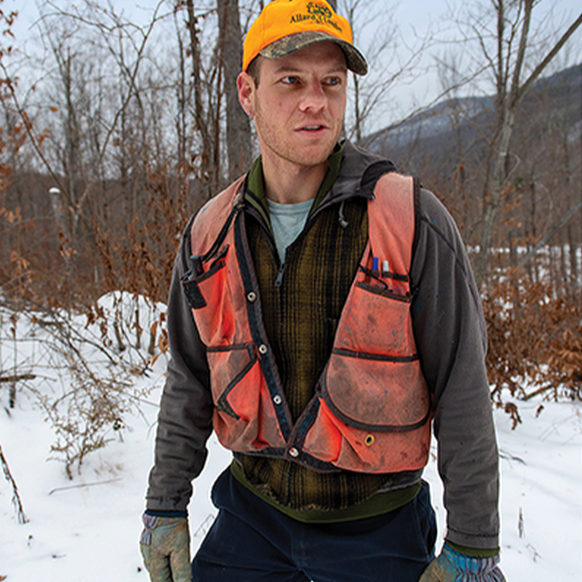Into the woods: Two misconceptions about forests
As I write this, Chittenden County is settling into winter, last night’s rain notwithstanding. As December progresses you might start to hear the buzzing of chainsaws and the thrum of skidders in the woods, logs piling up by the side of your road. You might see a forest that you know and love change; the forest floor dotted with bright-topped stumps and scattered with the tops and branches of trees.
Good forest management is more than just cutting valuable trees: it seeks to be regenerative, to improve conditions for wildlife, to make forests more resilient in a changing climate, to protect biodiversity, to benefit our communities and future generations. The ability to tell healthy forests from unhealthy forests — and responsible forest management from irresponsible forest management — is unintuitive to most people. It’s not something we’re born with – it’s something we need to develop. As such, we sometimes evaluate the health of our forests and the quality of forest management based on a couple misconceptions.



